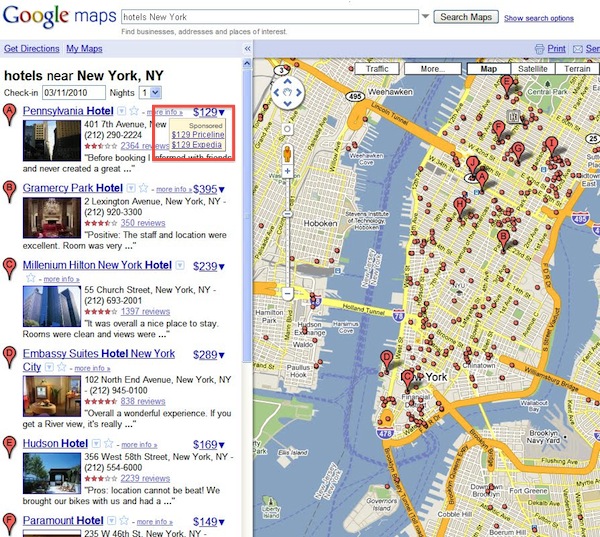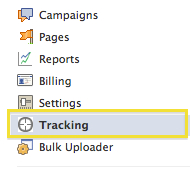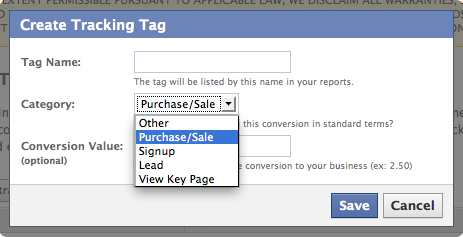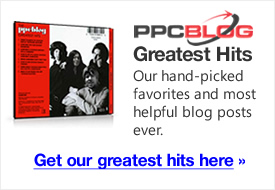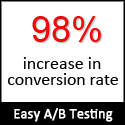Whole books have been written about the ins-and-outs of landing page design.
Each element on the page, each word, graphic, block of text and link, contributes to conversion, or lack thereof. However, this complexity can be boiled down to six essentials.
If you’re designing a land page, or revamping those pages you have, make sure you cover these six points:
1. State Your Value Proposition
What is it? What value are you providing the customer? What is in it for them?
Your value proposition should be part of the ad text, and it definitely needs to appear on your landing pages. Whilst there are always exceptions, the value proposition generally comes first.
People will judge the overall look of your page to determine credibility and relevance, and next they will try to determine what’s in it for them. Craft a succinct value statement that conveys your value to customers, and if possible, let people know the positive, compelling attributes that separate you from the competition.
2. Use Appropriate Logo And Design
People judge by appearances.
This is not to say that complex graphic design is desirable, however landing page design needs to be of sufficient quality that it doesn’t put people off. Design is obviously highly subjective, so take a look at the designs your competitors are using, particularly those competitors who rank highly over time. Does your design standard mirror theirs?
3. Use Crystal Clear Calls To Action
Is it immediately obvious what action the visitor needs to take? Make your action buttons large and surround them with white space. Make text links bold, in that they stand out, visually, from surrounding text. Surround the calls-to-action with benefit statements that signal to a visitor what to expect after they click the link/button i.e. Click here to order [product/service] now! If you are asking a visitor for information, then keep your requirements brief. Deliver the visitor significant value over the time it takes for them to provide you with this information, and the risk in doing so.
4. Trust Elements
Cover the basics, such as contact information, security assurances, and privacy. However, trust elements need to be part of everything you do. Correct spelling and grammar, ensure fast load times, offer guarantees, state and answer objections, ensure terminology is aligned with your industry/visitor level, and your overall design quality is high.
Your aim is assure, and reassure.
5. Test The Steps Beyond Your Landing Page
After the visitor takes the desired action, what happens next?
Is the end-to-end experience a good one? Beyond the shopping cart process, are you providing a seamless back-end experience? For example, are phones always answered in a timely manner? Are shipping times met? Do you get back to customers when you say you will? Can you handle the load if you receive more orders than you were expecting? Have you planned for this (pleasant) eventuality?
6. Communicate
You may understand what your landing page offers, but do your visitors?
Do the “mom test” i.e ask “will my Mom understand this page/site”? Nothing against Moms, of course 🙂 Even if your audience is savvy, people don’t like to be faced with something they find cryptic. Everyone appreciates efficiency and clarity.
The way to ensure this happens is to test. Show the page to people and ask them about the five points mentioned above. Can they recite the value proposition? Can they order easily? What do they think of the design? Do they trust it? It’s important to ask people who will be honest with you. Even asking such questions can be leading, so keep this in mind.
The ultimate test, of course, is in the live environment. If you’re having problems with conversions, evaluate your pages and site against these six points.





